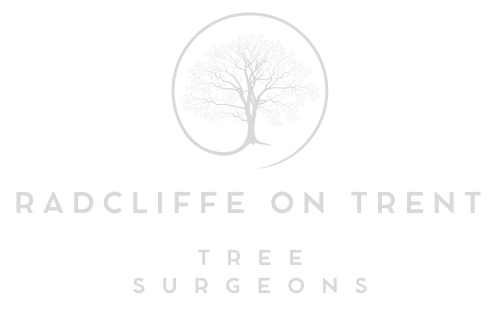When Is the Best Time to Trim Your Trees?
Introduction: Maintaining the health and beauty of your trees is a year-round responsibility, and knowing the best time to trim them is crucial for their well-being. Tree trimming, or pruning, is not a one-size-fits-all task; it should be timed appropriately to maximise its benefits while minimising stress to the tree. This blog post will explore the best times to trim your trees and the importance of proper timing for their overall health and vitality.
1. Dormant Season Trimming (Late Winter to Early Spring):
One of the best times to trim most trees is during the dormant season, typically in late winter to early spring, before new growth begins. Here’s why:
- Visibility: Without leaves on the branches, assessing the tree’s structure and identifying dead or problematic limbs is easier.
- Reduced Stress: Trimming during dormancy places less stress on the tree because it is not actively growing. Pruning during this time promotes rapid healing.
- Disease Prevention: Removing branches before spring growth can help prevent the spread of diseases, as pathogens are less active in cold weather.
- Enhanced Aesthetics: With spring just around the corner, trimming during dormancy ensures your trees look their best when leaves and blossoms reappear.
2. Late Spring to Early Summer Trimming:
Certain species, like spring-flowering trees (e.g., dogwoods and cherry trees), benefit from pruning immediately after blooming. This allows them to set buds for the following year without interference.
- Flowering Preservation: Trimming right after flowering ensures you don’t inadvertently remove next year’s blooms.
- Shape and Size Control: Late spring to early summer is a good time for corrective pruning to maintain your trees’ desired shape and size.
3. Summer Trimming:
While not the ideal time for major pruning, light summer trimming can be performed to remove dead or damaged branches and any unwanted growth.
- Caution: Be mindful of extreme heat, which can stress the tree. Ensure you trim only when necessary.
4. Fall Trimming (Late Autumn):
Fall is generally not the best time for extensive tree trimming, but it can be suitable for:
- Deadwood Removal: Eliminate dead or hazardous branches before winter storms.
- Thinning: Lightly thinning the canopy can improve airflow and reduce wind resistance.
5. Year-Round Maintenance:
While specific seasons are optimal for different types of trimming, basic tree maintenance can and should be done year-round. Regularly inspect your trees for signs of disease, pests, or damage, and promptly address any issues as they arise.
Conclusion: The best time to trim your trees depends on various factors, including the tree species, its age, and the specific goals of the trimming. However, a good rule of thumb is to schedule major pruning during the dormant season (late winter to early spring) to maximise benefits while minimising stress. For species that flower in spring, consider trimming immediately after blooming.
Call us on: 0115 647 1195
Click here to find out more about Radcliffe on Trent Tree Surgeons
Click here to complete our contact form and see how we can help with your tree’s needs.

